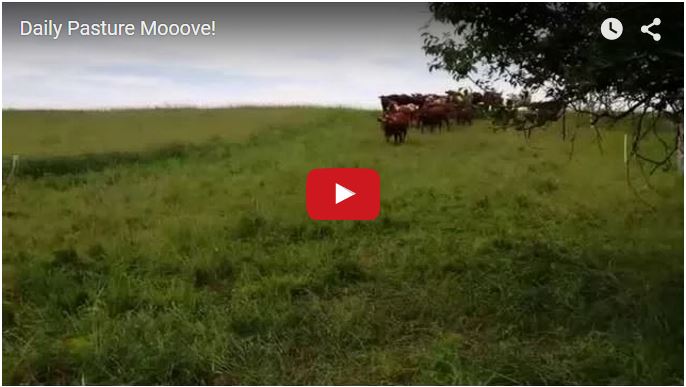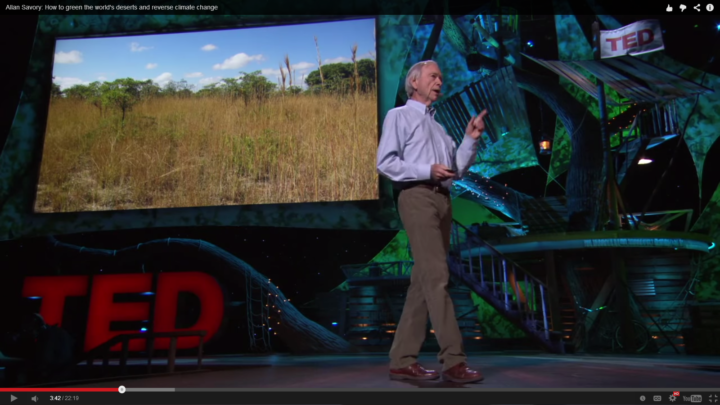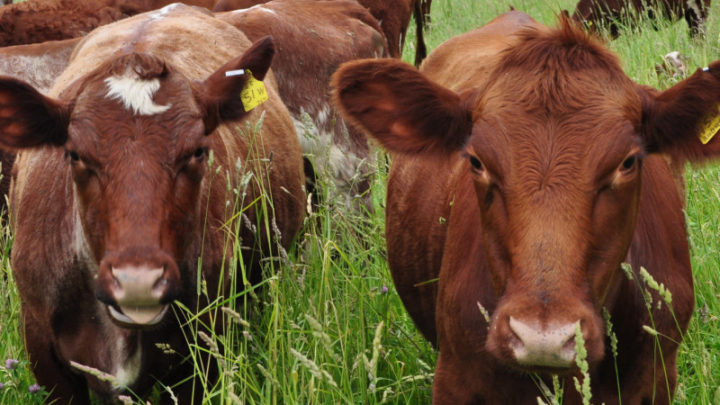2016 in Review
2016 was a year of expansion! Between building 25 acres of new perimeter fence on a new pasture lease and growing the herd, we’ve let our online footprint fade. To counteract this, we wanted to take advantage of this quiet Family Day Monday to thank those who support our commitment to producing 100% grass-fed…






